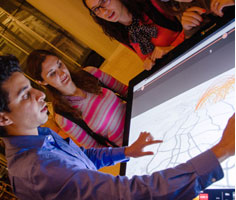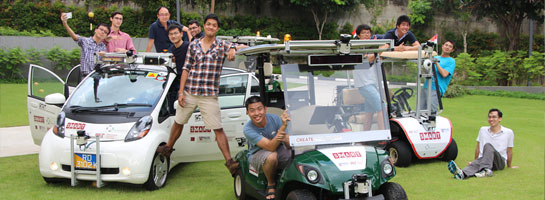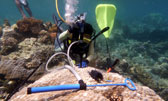




 (L-R):Dr Serena Lin, research scientist at Solar Energy Research Institute of Singapore Silicon Photovoltaics Cluster, SMART LEES research engineer Danny Ren and PI Prof Buonassisi with a solar cell.
(L-R):Dr Serena Lin, research scientist at Solar Energy Research Institute of Singapore Silicon Photovoltaics Cluster, SMART LEES research engineer Danny Ren and PI Prof Buonassisi with a solar cell.
With climate change, every effort to harness renewable energy is a boon to mankind.
At SMART LEES, fabricating a solar cell in Singapore, with an efficiency of 21.3% is an engineering feat that has put us on the world map.
Said SMART LEES Prinicipal Investigator, Prof Tonio Buonassisi: "Other solar cells made in Singapore usually have an efficiency of 17 and 18 per cent."
The solar cell efficiency is the proportion of the sun's energy which is turned into electricity.
While there are solar cells made elsewhere with efficiencies of up to 24 per cent, these are usually up to 50% more expensive.
SMART scientists, in collaboration with Solar Energy Research Institute of Singapore (SERIS), National University of Singapore (NUS), Nanyang Technological University (NTU) and Institute of Materials Research and Engineering (IMRE), have also discovered that a new material, galium arsenide, can be incorporated into the solar cell to aid it to convert the other colours of light more efficiently.
See full story entitled "Ray of hope in bid to tap more of sun's energy" in The Straits Times/AsiaOne.